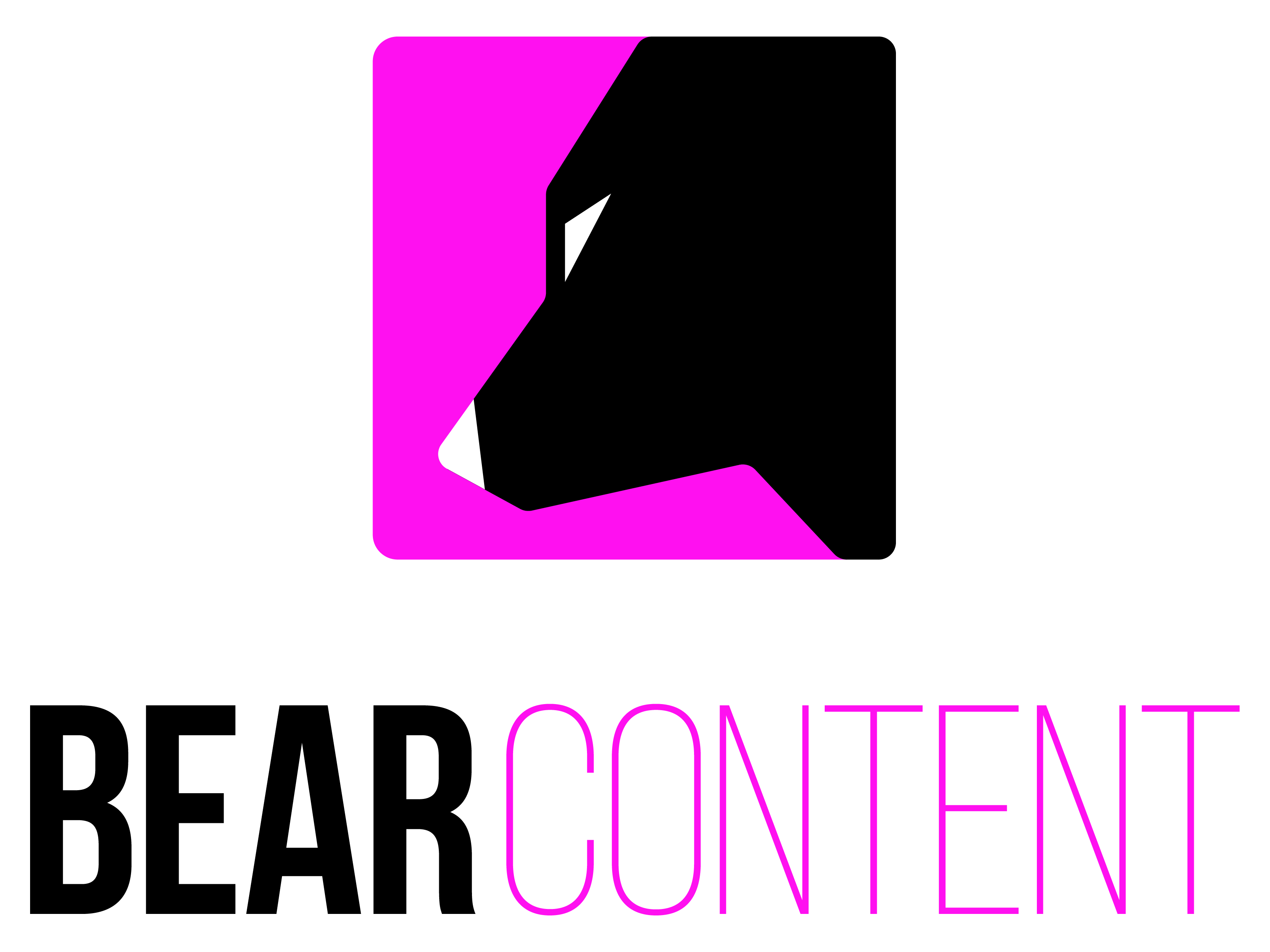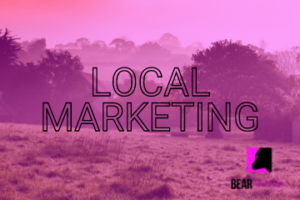Marketing is an essential part of any business strategy.
Various marketing approaches, such as inbound and outbound marketing, can help you achieve your business objectives.
This post will explore the difference between inbound and outbound marketing, specifically focusing on content marketing.
Outbound Marketing
Outbound marketing, also known as traditional marketing, is a type of marketing that relies on interrupting potential customers with advertising messages.
Outbound marketing techniques include television and radio ads, print ads, direct mail, billboards, telemarketing, and cold calling.
The primary objective of outbound marketing is to generate as many leads as possible and increase sales.
The primary disadvantage of outbound marketing is that it can be intrusive and annoying to potential customers. People are often bombarded with ads, making it difficult to get their attention.
Additionally, outbound marketing can be costly, and accurately tracking the return on investment (ROI) may be challenging.
Content Marketing
Content marketing is a type of marketing that involves creating and sharing valuable content to attract and retain customers.
The primary objective of content marketing is to establish a relationship with potential customers by providing them with valuable information that they will find relevant and helpful.
Content marketing is often used in inbound marketing strategies because it draws potential customers in rather than interrupts them.
Examples of content marketing include blog posts, social media updates, e-books, infographics, podcasts, videos, and webinars.
Inbound Marketing
Inbound marketing is a type of marketing that focuses on attracting potential customers by providing them with valuable content and experiences that align with their interests and needs.
The primary objective of inbound marketing is to create a relationship with potential customers and earn their trust, which can lead to increased sales and customer loyalty.
Inbound marketing techniques include search engine optimisation (SEO), social media marketing, content marketing, and email marketing.
Inbound marketing is often less expensive than outbound marketing because it relies on creating valuable content rather than paying for advertising.
The Benefits of Content Marketing
Content marketing is a powerful tool for businesses because it attracts potential customers without interrupting them.
By creating valuable content, businesses can establish relationships with potential customers and earn their trust.
Additionally, content marketing can position a business as an authority in its industry and increase brand awareness.
Content marketing can be part of both inbound and outbound marketing strategies. For example, a business might create an e-book that can be used as a lead magnet to attract potential customers to a landing page.
Alternatively, a business might create a video that can be used as an advertisement on social media.
The effectiveness of content marketing depends on the quality of the content created. Creating relevant, valuable, and engaging content for potential customers is essential.
Additionally, promoting content through the proper channels is vital to ensure it reaches the target audience.
Doing it well
Lush Cosmetics is an excellent example of a small business doing inbound content marketing well in the UK.
Lush is a handmade cosmetics company committed to ethical and sustainable production practices.
Lush’s content marketing strategy centres on creating engaging and informative content that aligns with its brand values and appeals to its target audience.
They use a variety of content formats, including blog posts, videos, social media posts, and podcasts, to share their brand story and educate their audience on topics such as sustainability, ethical sourcing, and animal welfare.
One of the ways Lush has successfully used content marketing is through its “Lush Player” platform.
Lush Player is a content hub that features a range of video content, including documentaries, interviews with Lush staff and suppliers, and behind-the-scenes footage of their production processes.
The content is designed to educate and inspire their audience while promoting their products.
Lush also uses social media to connect with their audience and promote their products. They regularly post on platforms such as Instagram, Twitter, and Facebook with visually appealing content that showcases their products creatively and engagingly.
They also use social media to communicate with customers and respond to their feedback and questions.
Lush’s content marketing strategy is successful because it aligns with its brand values and mission while providing value to its audience. They use engaging and informative content that educates and inspires their audience, and they promote their products in a way that feels authentic and aligned with their brand values.
As a result, Lush has built a strong and loyal following, and their products have become popular with consumers who value ethical and sustainable production practices.
Conclusion
Inbound and outbound marketing are two different approaches to marketing that businesses can use to achieve their objectives.
Outbound marketing relies on interrupting potential customers with advertising messages, while inbound marketing focuses on attracting potential customers by providing them with valuable content and experiences.
Content marketing is often used as part of inbound marketing strategies because it draws potential customers in rather than interrupts them.
Content marketing can attract potential customers, establish a relationship with them, and position a business as an authority in its industry.
Content marketing must be relevant, valuable, and engaging for potential customers to be effective. It must be promoted through the proper channels to reach the target audience.
Want to boost your marketing strategy? Learn the difference between inbound and outbound marketing and how content marketing can help you achieve your goals! Check out this insightful article now! #MarketingStrategy… Share on X


